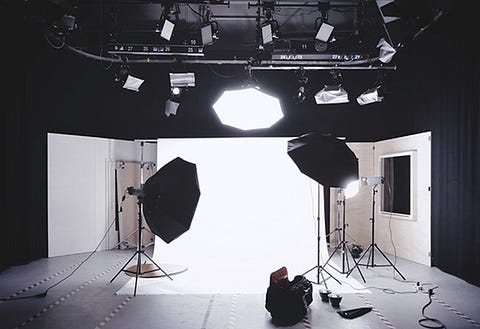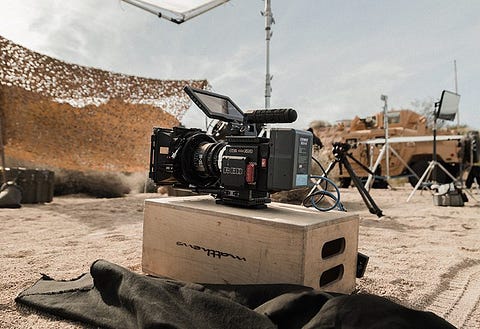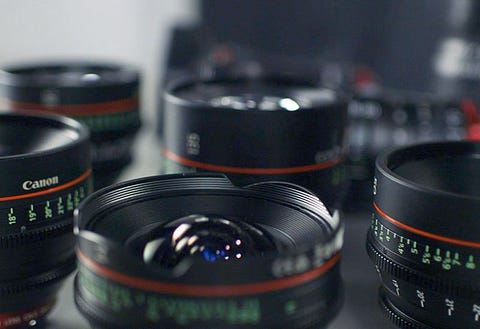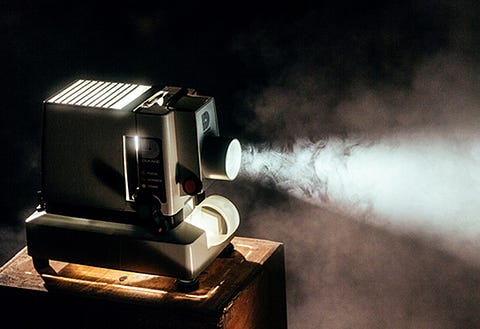
Film shoots contain a mix of studio shots, green screenshots, and real locations. Real-life locations are usually the most budget-friendly way of shooting films and helps to provide the film with a sense of realism. On location shooting can get chaotic if not planned well, hence as a Producer or Director of the film, it becomes critical for you to plan the on-location shoot flawlessly so that you avoid going over-budget or compromise on the creative output. To enhance your knowledge of film production, a Certificate Programme in Producing from WWI Extension will help you learn about what goes into a shoot and how to ensure you create a film that is budget-friendly and engaging.
Here are 3 tips for an on-location shoot that you should keep in mind:1. Pre-planning-The key to a smooth on-location shoot lies in pre-planning. A recce of the location before the actual shoot starts is imperative so you can familiarize yourself with the location and evaluate what all you could need on the days you would be shooting. As a film producer or director, you must also ensure the comfort of the actors your team members. So, it is imperative to check whether you’re going to get anything you need locally, or whether you must carry it with you. Some locations are relatively remote and so it may become a challenge to arrange food, water, and other essential facilities. A recce will assist you to assess all these things and then select your location. To ensure every angle is looked into, you may even take your core team along to help pre-plan better. If you are shooting an action sequence, taking the Cameraman and Action Director on your recce could help in planning the scenes and its requirements better. A recce of the location and meeting the locals will help you understand what the permissions are you may require shooting at that location. Pre-planning ensures that your shoot is smoother, with better time and budget management.
2. Budget Your Incidentals-
We just spoke on pre-planning, but an ironic truth is that however good you may plan, some things are simply beyond our control. These unseen and uncontrollable situations often cause damage to your budget; thus, it is advisable to account the incidentals in your budget in advance. It is advised to keep 10% of your production budget for incidental expenses. For instance, if the weather of your location suddenly changes to something that hampers your shooting process, you may have to extend your shoot by a couple of days, which would mean an extra budget for stay, food and other daily expenses, including equipment rentals. Such incidental costs, if not planned for, can ruin your overall budget, and leave you strained towards the perfect delivery.
3. Have A Backup-
Backup is one of the most essential parts of your on-location shoot planning. Some unseen situations can throw your whole shooting schedule into a frenzy, and as the popular saying goes, “hope for the best, but be prepared for the worst”. Dependencies on third parties can lead to a lot of chaos if they backout at the last minute. For example, if you were depending on a Caterer to supply food for the entire unit and for some reason, they aren’t able to deliver, you should have an alternate Catering service, or a local restaurant identified.
Go to the extent of finding backup locations as well. What if you are shooting in a place with Political turmoil and due to some further unrest, your permissions get cancelled? For situations like these, look-alike locations in other cities come in handy. A contingency plan ensures every problem has a solution. Do not forget to carry extras with you — extra lenses, extra batteries, extra memory cards, extra wires, clothes, food, and any other essentials; ensure you have them in excess. A common reason for delays is due to the lack of extra equipment to keep the shoot on time.
Reference Links:
www.nfi.edu/foley-artist
www.sound-ideas.com/Page/what-is-foley
www.studiobinder.com/blog/what-is-a-foley-artist
www.nfi.edu/foley-artist
www.sound-ideas.com/Page/what-is-foley
www.studiobinder.com/blog/what-is-a-foley-artist


